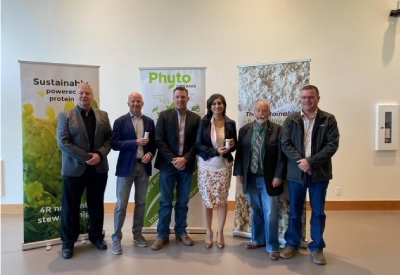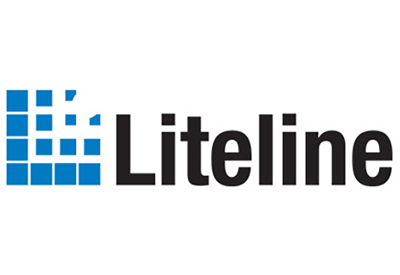Bird Construction Earns Contract for Phyto Organix Net-Zero Facility

May 26, 2022
Phyto Organix Foods Inc. has executed a letter of intent to purchase 15 acres of land in the Town of Strathmore, Alberta from the Western Irrigation District as the location of its new, state-of-the-art, net zero emission plant protein processing facility. The $225 million facility will be the largest-ever capital investment in Strathmore and provide a base for Phyto Organix to innovate and grow its plant protein business. When operational in 2024, Phyto Organix will use proprietary wet fractionation technology to annually process 40,000 metric tonnes of yellow peas, grown in close proximity to the facility, into soluble and insoluble protein isolates, processed fibre and starch, and high-quality dietary pea hull fibre.
“Alberta’s food processing sector is a key driver of our economy, and consumer demand for Canada’s responsibly produced plant-based protein is rising worldwide,” said the Honourable Marie-Claude Bibeau, federal Minister of Agriculture and Agri-Food. “This investment in Phyto Organix’s new, net-zero facility supports local growers, protects the environment and increases our capacity to meet global demand for our high-quality, sustainable food.”
Phyto Organix has engaged with technology, construction and engineering leaders in designing its stateof-the-art facility. The Company will employ proprietary, integrated processing technology from SiccaDania A/S and has engaged Bird Construction and GHD Engineering to lead the design and construction of the facility and 3D connectivity to the processing equipment. SiccaDania is a Denmark-based, global leader in protein extraction technologies; Bird and GHD are proven leaders in building food and protein processing facilities in Canada.
Phyto Organix’s 100,000 square foot facility will be the first net zero plant protein processing facility in North America. Key attributes of the plant include:
- situating it in the yellow pea heartland of Alberta, with annual crop production of over 5 times the facility’s processing capacity grown within 75 kilometres of the facility, minimizing emissions from transporting peas supplied by local farmers;
- employing industry leading water recycle/reuse technology, allowing the facility to recycle 75% of its process water;
- industry leading heat integration reducing overall energy consumption and emissions; and
- powering the facility with low emission energy sources.










![Guide to the Canadian Electrical Code, Part 1[i], 26th Edition – A Road Map: Section 10 – Grounding and Bonding](https://electricalindustry.ca/wp-content/uploads/2022/11/Guide-CE-Code-2.png)





